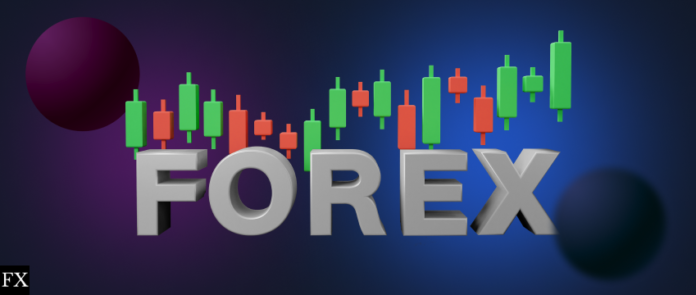The Forex (foreign exchange) market can seem overwhelming at first, filled with unique terminology. Even if you have experience with stocks or futures, some Forex terms can be confusing. To get started, here are eight fundamental concepts every Forex trader needs to know:
1. Forex (Foreign Exchange)
The Forex market is a global, decentralized marketplace where trillions of dollars worth of currencies are traded 24 hours a day, six days a week. It’s a fast-paced environment where individuals, governments, and major banks buy and sell currency pairs. Because exchange rates fluctuate constantly, even tiny changes can significantly impact your profits or losses.
2. Currency Pair
Currency pairs represent the two currencies being traded against each other. For example, you might trade the US dollar (USD) against the Japanese yen (JPY), or the euro (EUR) against the British pound (GBP). The value of one currency relative to the other is constantly changing, creating trading opportunities. There are numerous currency pairs available, with seven major currencies (including the USD, EUR, JPY, GBP, Australian dollar, Canadian dollar, and Swiss Franc) being the most frequently traded.
3. Spread
The spread is the difference between the “bid” price (the price at which you can sell a currency) and the “ask” price (the price at which you can buy it). Brokers use the spread to make their profit, so you always buy a little higher and sell a little lower. Essentially, it’s a transaction cost that’s built into the currency price.
4. Pip
A pip is the smallest price increment in the Forex market. For most currency pairs, a pip is the fourth decimal place (e.g., 0.0001). For pairs involving the Japanese yen, it’s the second decimal place (e.g., 0.01). While one pip movement may seem insignificant, these movements are amplified through leverage.
5. Leverage
Leverage allows traders to control a much larger amount of money than their initial investment. It works like a loan from your broker, magnifying both potential profits and losses. For example, leverage of 50:1 means you can control $50 for every $1 in your account. While it can boost your gains, leverage significantly increases risk.
6. Margin
Margin is the initial deposit required to use leverage. It’s the amount of money you need in your account to maintain a leveraged position. It’s not a fee, but rather collateral held by your broker. When the market moves against you, you might need to add more funds (margin) to keep your position open.
7. Margin Call
A margin call happens when your trading account balance falls below a certain level due to losing trades. The broker will then ask you to deposit additional funds to cover your losses. If you cannot, the broker may close your positions automatically, and you may end up with a loss that’s higher than your initial investment. A “margin call” can happen suddenly during volatile market moves so it’s important to understand your risk.
8. Stop Loss
A stop loss is a tool that helps you limit potential losses. It’s an order that automatically closes your trade when the price reaches a predetermined level. Setting a stop-loss can protect your investment in volatile market conditions. A trailing stop loss will move along with price, allowing you to take profits along the way and protect them.
9. Long vs. Short
Going “long” means buying a currency pair with the expectation that its value will increase. Holding this position for extended periods can be considered “long-term.” Going “short,” or short-selling, means betting that the currency will decrease in value. You are selling a currency that you do not have to buy back at a lower price and keep the difference.
Conclusion
Understanding these basic Forex terms is essential for successful trading. While there’s much more to learn, a solid grasp of these concepts is a vital first step towards navigating the Forex market and avoiding unexpected losses. Without these terms, your most important lessons in forex will be losses and tax write offs.
We hope you have enjoyed this article, for more articles like this, tips for improving your trading and regular analysis, be sure to check our education articles.
Want to trade forex? Here’s a list of forex brokers to check out plus analysis and predictions for major currencies.

